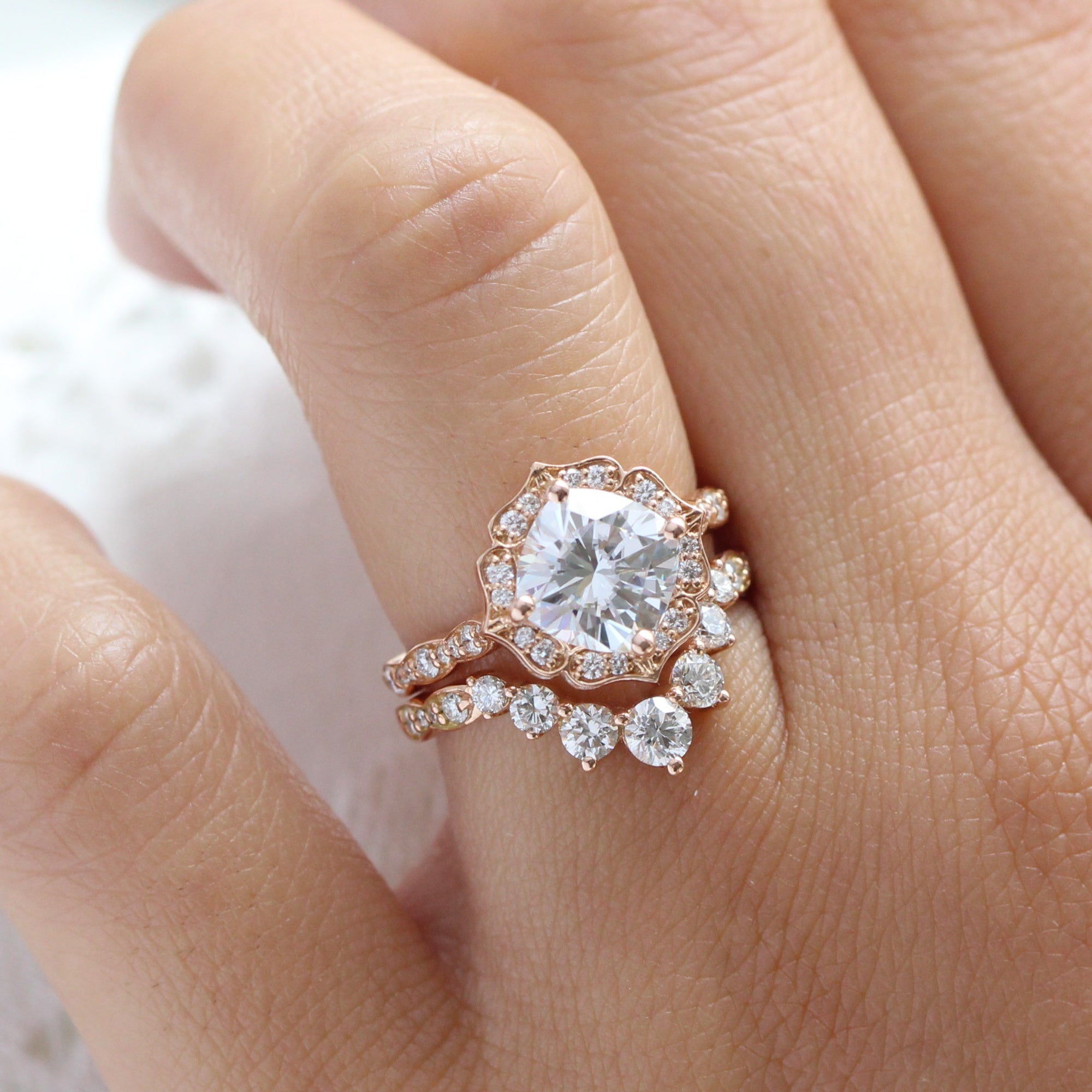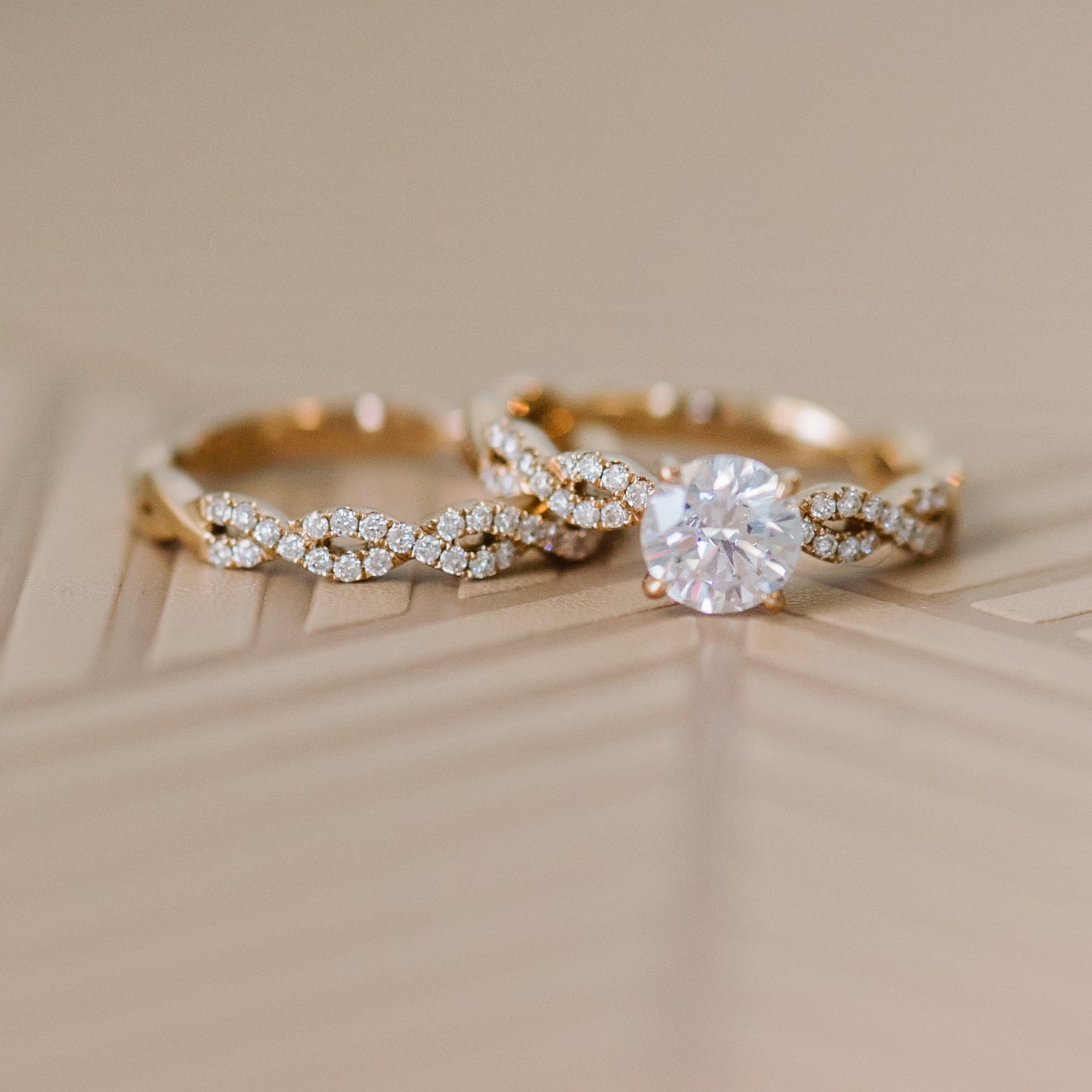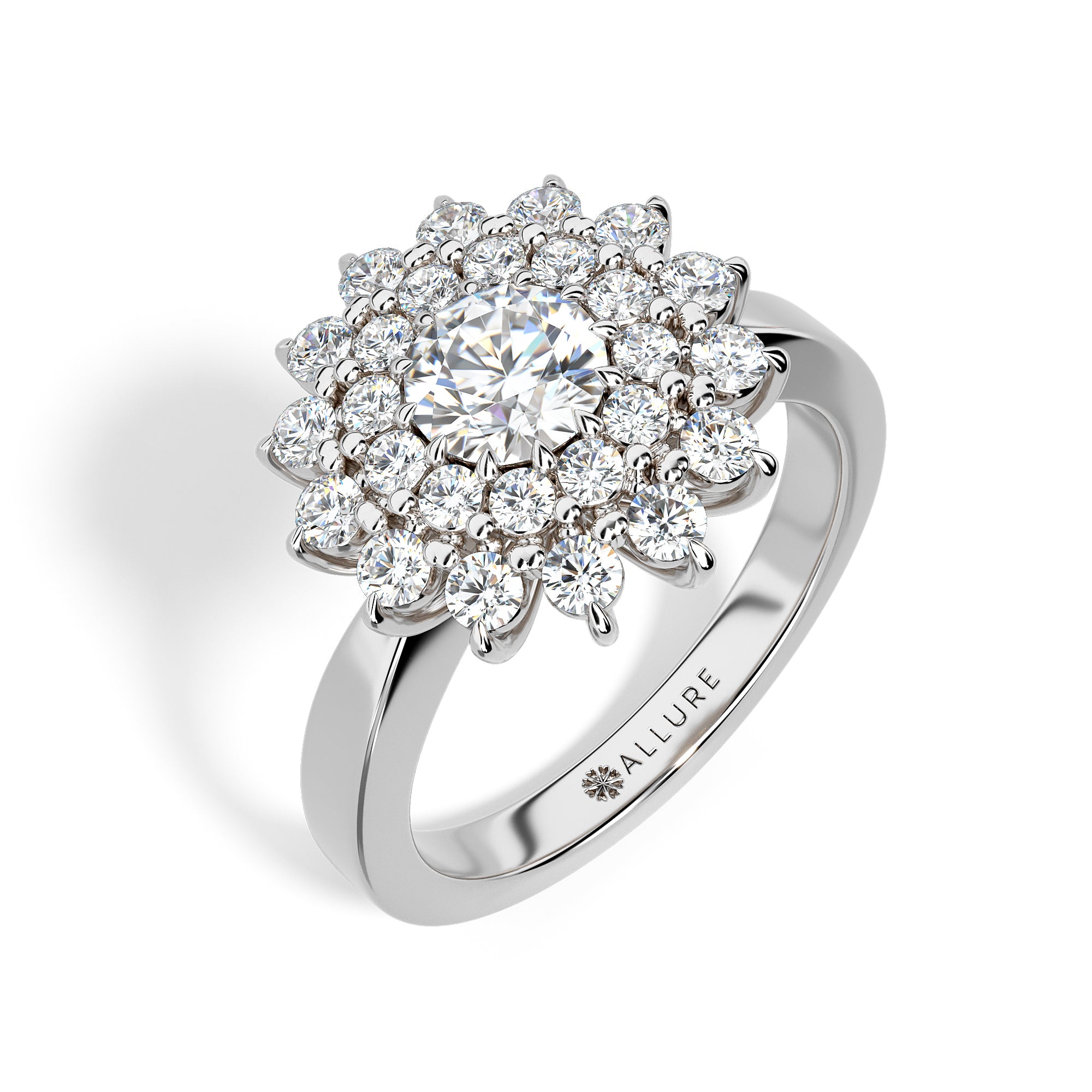Are lab grown diamond engagement rings Really Worth It? A Deep Dive Into Value and Quality
Why Laboratory Grown Diamond Involvement Rings Are the Perfect Selection for Eco-Conscious Couples
Lab-grown Diamond engagement rings present an engaging option for couples who focus on sustainability. These rubies supply a striking alternative to typical mined rocks, significantly lowering environmental damage. They are created using innovative methods that assure both top quality and sparkle. As recognition of moral sourcing expands, many couples are reassessing their selections. What implications does this shift have for the future of the Diamond industry?

The Ecological Impact of Conventional Diamond Mining
Although Diamond mining has actually long been celebrated for its attraction and prestige, the environmental consequences of traditional mining practices are progressively worrying. The removal of diamonds frequently includes substantial land interruption, bring about deforestation and habitat loss for countless varieties. In addition, the process takes in vast amounts of water, which can diminish regional resources and negatively influence bordering areas. Poisonous chemicals utilized in mining procedures can infect nearby water sources, even more endangering both human populaces and wildlife.
The carbon footprint associated with delivering extracted rubies adds to the total ecological toll. The heavy equipment and tools needed for mining procedures contribute greatly to greenhouse gas discharges. As recognition of these concerns expands, several consumers are starting to wonder about the sustainability of traditional Diamond sourcing. This shift in perspective highlights the immediate need for more ecologically friendly options, such as lab-grown rubies, which guarantee to lower the eco-friendly impact while keeping the beauty and worth of Diamond jewelry.
The Process of Creating Lab-Grown Diamonds
Lab-grown diamonds are developed with two key techniques: High Stress Heat (HPHT) and Chemical Vapor Deposition (CVD) The HPHT process imitates the all-natural problems under which rubies develop in the Planet's mantle. It includes subjecting carbon to severe stress and temperature, leading to the condensation of carbon atoms into Diamond structures. On the other hand, the CVD technique allows for the development of diamonds in a regulated setting. This technique makes use of a gas mix consisting of carbon, which is invigorated to create plasma, making it possible for carbon atoms to down payment onto a substrate and grow layer by layer right into Diamond crystals.
Both techniques create diamonds that are chemically and literally similar to natural rubies - lab grown diamond engagement rings. The option of approach often relies on the desired qualities and size of the final treasure. This cutting-edge method to Diamond creation not just offers a sustainable choice but also enables better transparency in the sourcing of products
Quality and Radiance of Lab-Grown Diamonds
While numerous might assume that lab-grown diamonds differ in quality from their all-natural counterparts, they really show comparable luster and visual allure. Lab-grown diamonds are produced using innovative innovation that duplicates the natural conditions under which diamonds form, resulting in stones that possess similar physical and chemical residential or commercial properties. These rubies achieve the same remarkable clearness and shade grading as extracted rubies, making them indistinguishable to the naked eye.
In regards to sparkle, lab-grown rubies frequently present premium light performance due to their precision-cut facets. The rigorous quality assurance throughout production warranties that these diamonds fulfill high criteria, boosting their aesthetic appeal. Furthermore, they are offered in a range of sizes and shapes, allowing pairs to locate the ideal ring to match their individual design. Ultimately, lab-grown rubies provide a splendid mix of charm and top quality, making them an appealing choice for interaction rings.
Ethical Factors To Consider in the Diamond Market
As customers end up being increasingly mindful of the moral implications bordering Diamond sourcing, the discussion around the Diamond sector has moved substantially. Issues regarding dispute rubies, usually referred to as "blood diamonds," have read here actually prompted require greater transparency and liability in mining methods. These rubies are extracted in war areas and sold to finance armed dispute, elevating major moral concerns for customers. Furthermore, the ecological effect of conventional Diamond mining has actually come under scrutiny, with problems such as environment devastation and water air pollution often highlighted.
In response, lots of have actually transformed to lab-grown rubies as an extra honest choice. These stones are created in regulated atmospheres, removing the threats connected with mining. Consequently, lab-grown diamonds attract consumers seeking to make liable selections that align with their worths. The growing need for honest practices remains to reshape the Diamond market, pushing for humane and sustainable sourcing techniques.
Cost-Effectiveness of Lab-Grown Diamonds
Lab-grown rubies supply a compelling choice for consumers seeking cost-efficient interaction rings - lab grown diamond engagement rings. Priced significantly reduced than their natural equivalents, they offer exceptional value for cash without giving up top quality or look. This price makes lab-grown rubies an appealing option for budget-conscious pairs
Lower Price Factor
Lots of couples are discovering that opting for lab-grown Diamond involvement rings can considerably reduce their overall prices without giving up high quality or beauty. These diamonds usually cost 30% to 50% much less than their extracted counterparts, making them an attractive alternative for budget-conscious consumers. The cost benefit emerges from lower production prices and a much more reliable supply chain, which eliminates the expenses connected with mining. Therefore, couples can spend in bigger stones or even more complex setups, improving the general visual of their rings. This price not just permits a more individualized option yet also straightens with the worths of eco-conscious couples who prioritize sustainability while remaining economically savvy. Lab-grown rubies provide a perfect blend of beauty and economy.
Worth for Money
The cost-effectiveness of lab-grown diamonds expands past their initial cost, providing exceptional value for cash. Unlike natural rubies, lab-grown options can be as much as 40% more economical while keeping the exact same physical and chemical properties. This price permits pairs to invest in bigger or higher-quality rocks without surpassing their spending plans. The resale value of lab-grown rubies is progressively boosting, making them a much more sensible choice for future monetary factors to consider. In addition, lab-grown diamonds usually include lower ethical and ecological prices, supplying couples with assurance. By picking lab-grown diamonds, eco-conscious pairs not only conserve cash however also contribute to lasting techniques, improving their general value proposal in the precious jewelry market.

Personalization Options for Lab-Grown Involvement Rings
Just how can couples guarantee their engagement ring shows their one-of-a-kind romance? Personalization options for lab-grown Diamond engagement rings give a perfect solution. Pairs can pick from different Diamond shapes, consisting of round, princess, or oval, allowing them to select a style that reverberates with their personal visual.
Furthermore, they can choose the setting-- be it jewelry, halo, or vintage-inspired-- making sure the ring enhances the Diamond's radiance. Steel options, such as white gold, yellow gold, or increased gold, additionally boost personalization, dealing with private tastes.
Couples can include purposeful inscriptions, adding a sentimental touch that signifies their bond. With these substantial customization choices, lab-grown Diamond interaction rings not just embody a pair's love however also official source mirror their worths, making them a perfect option for eco-conscious partnerships. Ultimately, these rings end up being a real depiction of their distinct trip with each other.
Frequently Asked Questions
Just How Do Lab-Grown Diamonds Contrast to Natural Diamonds in Value?
Lab-grown diamonds commonly explanation set you back 20-40% much less than natural diamonds, using similar high quality and look. Their reduced price factor makes them an appealing choice, particularly for budget-conscious customers looking for ethical and lasting options in jewelry.

Are Lab-Grown Diamonds More Long Lasting Than All-natural Diamonds?
Lab-grown rubies possess the exact same physical and chemical residential or commercial properties as all-natural rubies, including sturdiness. Both types rack up an excellent 10 on the Mohs range, making sure that lab-grown diamonds are similarly immune to scraping and damage.
Can Lab-Grown Diamonds Be Re-selled Conveniently?
Lab-grown diamonds can be resold, yet their market demand differs contrasted to natural diamonds. While some buyers value their moral origins, others may favor all-natural choices, potentially affecting resale worth and convenience of purchase.
What Are the Treatment Directions for Lab-Grown Diamonds?
Lab-grown rubies call for regular treatment to preserve their sparkle. Cleaning with moderate soap and warm water, using a soft brush, and avoiding extreme chemicals will certainly assist preserve their glimmer and stability for many years to come.
Are There Any Accreditations for Lab-Grown Diamonds?
Lab-grown rubies can be accredited by trustworthy organizations such as the Gemological Institute of America (GIA) and the International Gemological Institute (IGI) These certifications assure credibility, adherence, and top quality to market requirements for lab-created gems.
Both methods generate diamonds that are chemically and literally similar to all-natural rubies. Lab-grown rubies are produced making use of advanced innovation that replicates the natural conditions under which diamonds form, resulting in rocks that have identical physical and chemical residential or commercial properties. Lab-grown rubies usually set you back 20-40% much less than natural rubies, supplying comparable top quality and look. Lab-grown rubies have the same physical and chemical homes as all-natural rubies, consisting of durability. Lab-grown rubies can be re-selled, however their market need differs contrasted to all-natural diamonds.